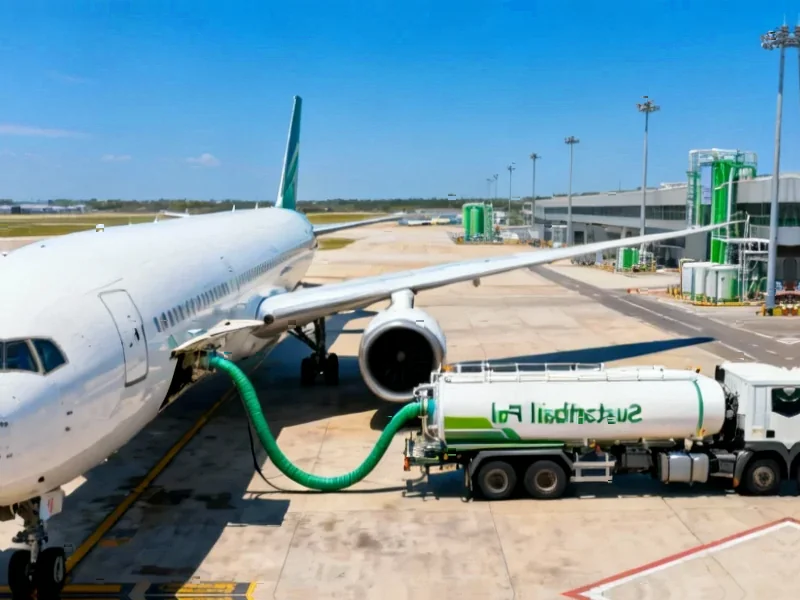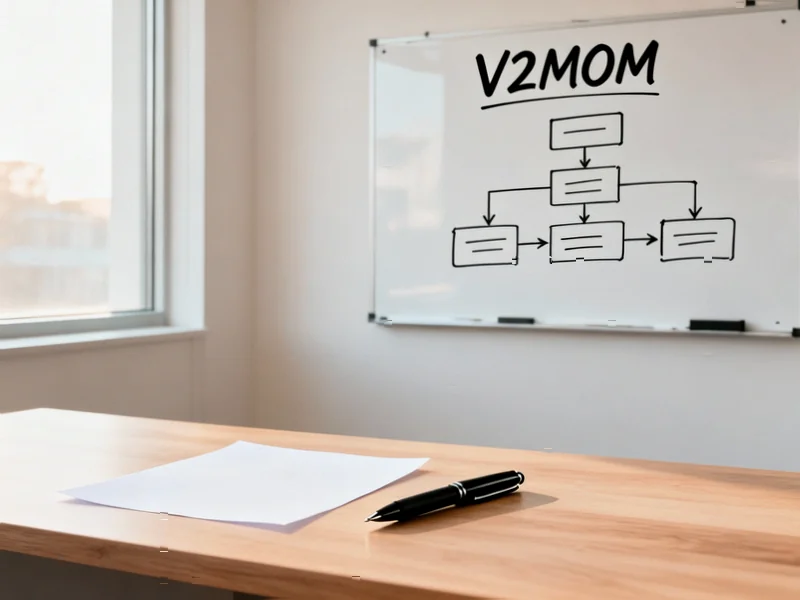According to Aviation Week, AAR Corp. has acquired HAECO Americas for $78 million in an all-cash transaction that significantly expands its heavy maintenance capacity across the United States. The deal includes five hangars in Greensboro, North Carolina and seven in Lake City, Florida, with AAR describing HAECO as “the second largest heavy maintenance provider in North America behind AAR.” Company leadership revealed they’ve secured agreements with key customers totaling over $850 million in sales over multi-year periods, while AAR’s existing base maintenance slots are reportedly sold out until 2027 or 2028. The acquisition also brings 1,600 employees, including 30% veterans, to address workforce challenges in the competitive MRO sector. This strategic move fundamentally reshapes the aviation maintenance competitive landscape.
Solving the Aviation Maintenance Bottleneck
The timing of this acquisition couldn’t be more critical for the aviation industry. Airlines worldwide are facing unprecedented maintenance backlogs as fleets return to service following pandemic-era storage and deferred maintenance. With AAR’s facilities reportedly booked solid through 2027-2028, the addition of HAECO’s twelve hangars represents immediate relief for carriers struggling to secure maintenance slots. This capacity crunch has been driving up costs and causing operational disruptions across the industry, making available maintenance capacity an increasingly valuable commodity. The $850 million in secured customer contracts demonstrates how desperately airlines need predictable, scalable maintenance solutions in today’s constrained environment.
The Human Capital Dividend
Beyond the physical infrastructure, the acquisition of 1,600 experienced MRO professionals represents a strategic coup in an industry grappling with severe workforce shortages. The aviation maintenance sector has been facing a perfect storm of retiring baby boomers, insufficient pipeline development, and intense competition for skilled technicians. The fact that 30% of HAECO’s workforce are veterans provides AAR with a stable, disciplined workforce familiar with structured maintenance protocols and safety cultures. This human capital acquisition may prove more valuable than the physical assets in the long run, as trained MRO technicians typically require years of certification and experience to become fully productive.
Digital Integration and Efficiency Gains
AAR’s previous investments in digital capabilities through acquisitions like Trax and Aerostrat position the company to extract significant operational improvements from HAECO’s facilities. The application of lean methodologies and digital tracking systems across the expanded footprint could dramatically improve maintenance turnaround times and predictability. In an industry where aircraft on ground (AOG) situations cost airlines tens of thousands of dollars per day, even marginal improvements in maintenance efficiency translate to substantial competitive advantages. The consolidation also creates opportunities for standardized processes and best practice sharing across what is now North America’s dominant MRO network.
Market Consolidation Implications
This acquisition effectively removes AAR’s closest competitor from the market, creating a dominant player in North American heavy maintenance. For airlines, this consolidation presents both benefits and concerns. While the combined entity can offer more comprehensive service coverage and potentially greater operational stability, reduced competition could lead to pricing power shifts in the long term. Regional carriers and smaller operators may find themselves with fewer alternatives for heavy maintenance services, potentially facing longer wait times or less negotiating leverage. The deal likely pressures remaining independent MRO providers to either scale up through their own acquisitions or specialize in niche markets to remain competitive.
Broader Industry Ramifications
This transaction signals a maturation phase in the aviation MRO sector, where scale, digital capabilities, and workforce development become critical differentiators. As aircraft become more technologically advanced with composite materials and sophisticated avionics, the barriers to entry in heavy maintenance continue to rise. The consolidation trend likely extends beyond North America, with global MRO providers facing similar capacity and workforce challenges. For aircraft manufacturers and lessors, having reliable, scaled maintenance partners becomes increasingly important for asset valuation and residual value protection. This acquisition may well trigger further industry consolidation as players position themselves for the next aviation cycle.




